| Afraid to take off your rear wheel to fix a flat tire (or when taking off both wheels to put a bike in a car trunk)? Worried that you'll mess up the chain or shifting; or that you'll get all greasy? Think you'll never get the rear wheel back on right? We have good news: Anyone can remove and install a rear wheel and it won't affect the shifting or the chain. And if you work carefully, you won't have to touch that greasy drivetrain either. Here's how it's done on any bicycle with derailleurs, from road bikes, to mountain bikes and any 2-wheelers in between. Watch the videos and review the step-by-step photos and text. We're also happy to demonstrate in person, too, so please let us know if you'd like a quick lesson. We've covered all the tips and tricks, so you'll be an expert in no time! |
WHEEL REMOVAL 1, 2, 3!
1. Shift onto the small cog and small chainring.
Shifting the chain down onto the smallest cog on the rear wheel and the smallest chainring on the crankset, creates slack in the chain, which makes rear wheel removal much easier. It also makes wheel installation easier because it gives you an accurate way to line up the wheel (on the smallest cog) so that it slips right into the bicycle frame.
If you're riding and feel the rear tire becoming soft slowly from a puncture, you may have time to make the shifts to the smallest cog and ring as you're slowing to a stop.
If you're not riding, or have already stopped, operate the right shift lever, lift the bike by the seat and pedal by hand and the chain will move down the cogs in the back. Depending on the type of shift lever, you may need to move the lever a couple of times to move the chain onto the smallest cog.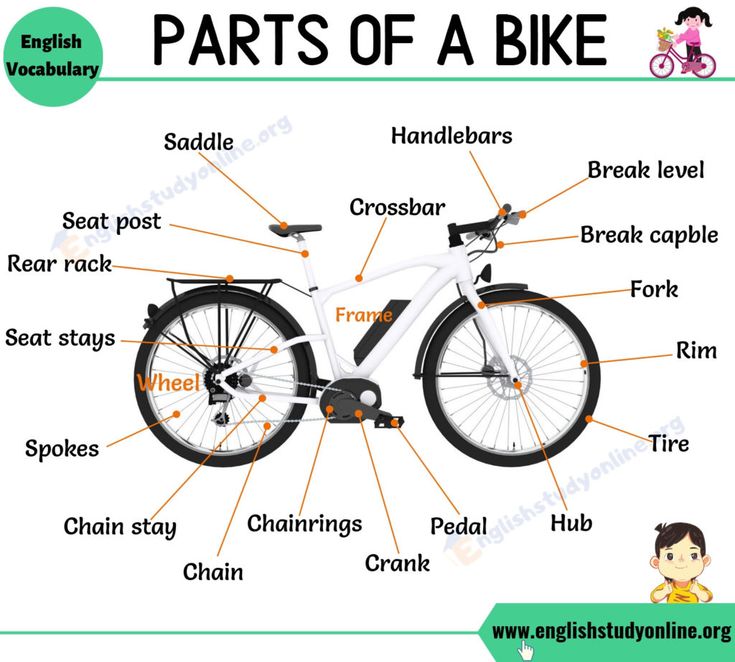
Now, do the same with the left shift lever and pedal by hand and get the chain onto the smallest chainring in front, too.
2. Open the brake
Note: If you're fixing a flat tire, you needn't worry about this step because when the air is all out of the tire it will fit through the brake easily. Also, if your bike has disc brakes, you too can skip this step because you don't need to touch disc brakes to remove wheels.
On most bikes with rim brakes, when you try to remove the wheel, the tire bumps into the brake pads. This is because the brake needs to be adjusted close to the rim, while the fully inflated tire is significantly wider than the rim.
To prevent the tire bumping into the brake pads, you can open sidepull brakes by fully rotating the little lever on the brake upwards (photo a). This little lever is called the brake quick release for the way it lets you quickly release (open) the brake pads. For linear-pulls (also called "direct-pulls," and "V-brakes") lift/pull the end of the "noodle" out of its holder (photo b
).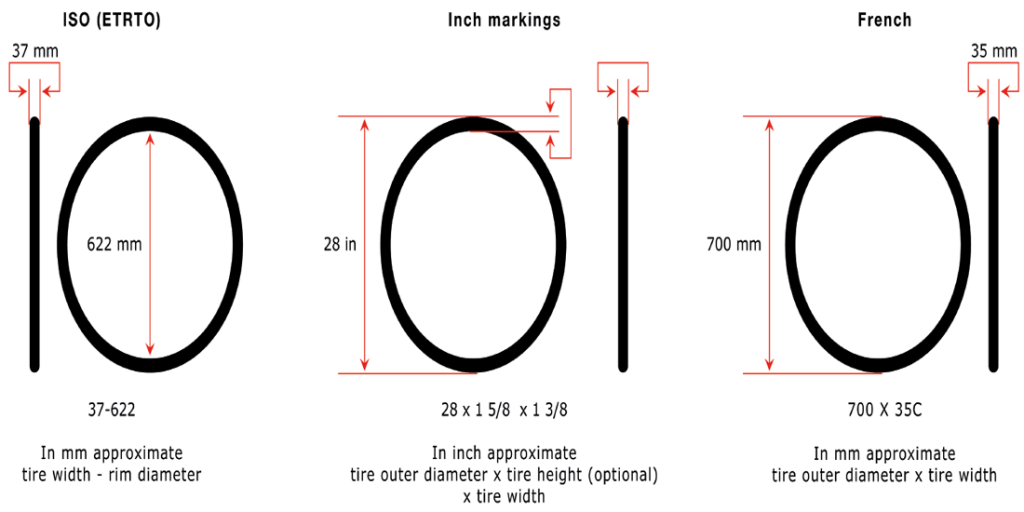
Some sidepulls are opened by pressing a button on the lever. Look for this if there's no lever on the brake.
Open cantilever brakes (these feature a cable that runs over the top of the tire) by lifting the cable end on one side out of its holder.
Workarounds: If you can't find a way to open a brake, you can also let air out of the tire until you can pinch it enough to squeeze it through the brake pads. Another trick - though it requires tools and time - is to remove one brake pad which will often provide sufficient clearance. If not, you can remove both pads. Just be sure to remount them carefully so that they contact the rim squarely and don't touch any part of the tire.
3. Pull the derailleur back and remove the wheel
Now you're ready to remove the wheel. Most bicycle wheels have quick releases holding them in the frame (the red parts in the photo). To open the quick release and loosen the wheel, simply pull and fully open the lever, which is usually on the opposite side of the chain. Don't twist the lever. Just pull it out/away from the frame.
Don't twist the lever. Just pull it out/away from the frame.
When the quick release is open, the wheel is ready to come out. To remove it, lift the bike by the seat so that gravity will help you. On some bikes the wheel will drop right out at this point (don't let it roll down the road and escape!). Or, if it doesn't fall out on its own, give it a slight blow with your hand and that might knock it right out.
Don't force anything though. If the wheel doesn't come out right away, it's because the derailleur and chain are blocking it. To get them out of the way, keep holding the rear end of your bike off the ground by lifting the bike by the seat. Reach down with your free hand and pull back the derailleur with your hand to get it, and the chain, out of the way.
Now, the wheel should fall out or drop out if you shake the bike. If the chain gets in the way still, just grip the wheel and shake it so that it's free of the chain and fully off the bike (that way you never touch the chain and stay clean).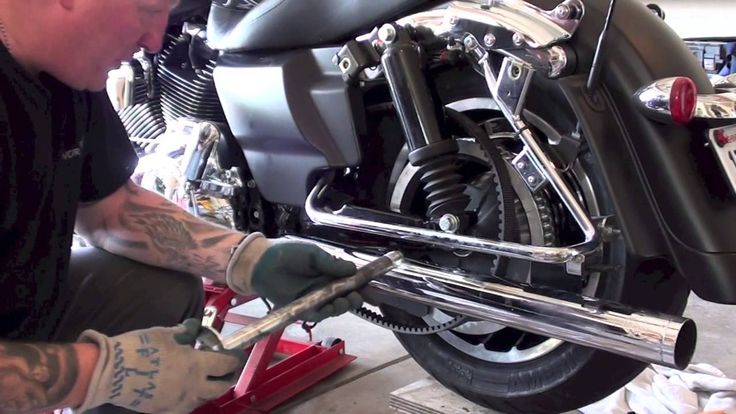 Good job!
Good job!
Note: To clearly show the desired derailleur position, we locked it in place. You must pull it back by hand when removing wheels because it won't stay in place on its own.
How to put the rear wheel back on
| As you guessed, installing the rear wheel is the same as removal only in the reverse order! You just place the wheel back in the frame being careful to get the chain on the right cog, close the quick release to lock the wheel in, and close the brake so your brakes are working again. The video shows front and rear wheel installation in that order. We go over the step-by-step below and explain some of the things that can go wrong and how to deal with them. It can be frustrating if the wheel won't go in easily. But there's always a mechanical reason. So, look at what you're doing carefully and read our instructions a few times and you should be able to find the problem and address it so that the rear wheels goes right back where it belongs. |
If your wheel won't go in easily, check these things:
Did you get the chain on the cog right? Remember that you shifted the chain onto the smallest rear cog before you removed the wheel. So, you must put the wheel back on by first lining that smallest cog up just right so that the chain is on it. Also, pay attention to how the chain rests on the cog. The chain is a closed loop. The cog should be inside the loop (see the photo in Step 3).
Note: If the wheel has been off the bicycle for some time, it's possible that someone might operate the shift levers. This can move the derailleur so that when you line up the wheel with the smallest cog the wheel won't go into the frame. Instead it bumps into the frame. To remedy this and get the wheel in, simply operate the shift lever as if you're shifting onto the smallest cog. This will move the rear derailleur back where it needs to be so that the wheel will line up right with the frame and go in.
This will move the rear derailleur back where it needs to be so that the wheel will line up right with the frame and go in.
Did the chain come off the derailleur pulley? Another glitch that can prevent the wheel going right into the frame is if the chain happens to come off the top pulley on the derailleur (photo). This is hard to see but it has a similar effect to someone shifting the derailleur into the wrong position and it makes the wheel run into the frame and not want to go in. To fix it, just push the chain back onto the pulley and make sure it stays there as you install the wheel. Tip: Use a stick to push it on or wrap your finger in a rag and you'll stay grease-free.
Is your quick release still open? Sometimes when the wheel is separate from the bike, the quick release lever gets bumped and flipped over and closed. When this happens the wheel won't fit in the frame anymore because the quick release is closed and in the way.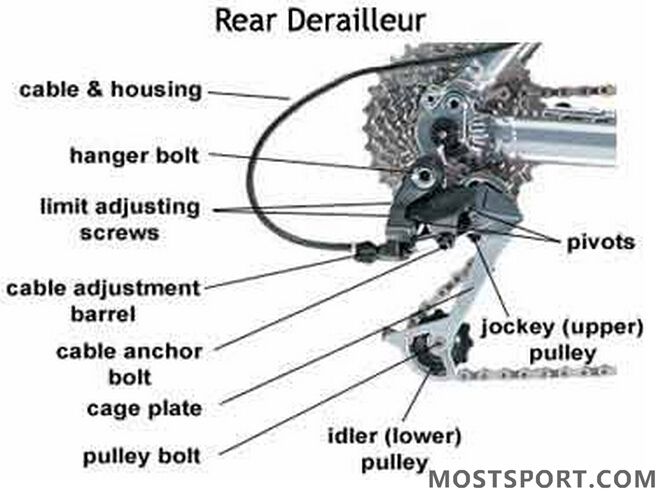 Open it and the wheel will fit.
Open it and the wheel will fit.
Now that you know how it's done, you may want to practice removing and installing your rear wheel a few times to become expert at it so that when you have to do it, it's a breeze. And, so you can dazzle your friends by helping them remove/install their wheels! Have fun and let us know if you'd like a demo.
Home / Magazine / How to remove your bike's rear wheel
Struggling to remove your rear wheel? Follow these simple steps to remove and reinstall your wheel like a pro!
Written by:Bruce Lin
Published on:
Posted in:Tech
Whether you need to fix a puncture, put your bike on a trainer, or just disassemble your bike, you need to know how to remove your wheels. A lot of riders struggle to remove the rear wheel because it can get caught up in the rear derailleur and chain.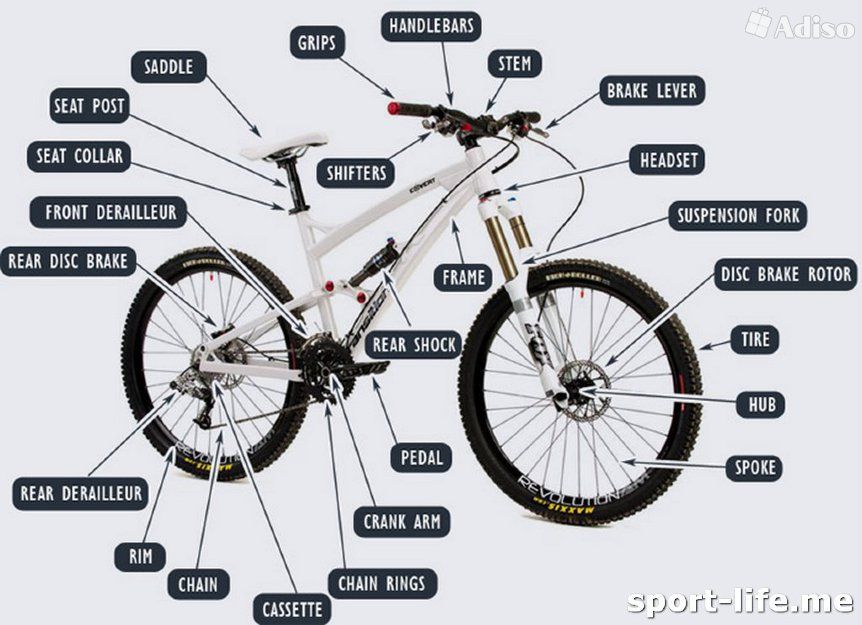 Just follow these steps, and you’ll be able to easily remove and reinstall your rear wheel in seconds.
Just follow these steps, and you’ll be able to easily remove and reinstall your rear wheel in seconds.
[button]Shop bikes[/button]
Removing the rear wheel while holding the bike up by the saddle.
It's best to remove the rear wheel with your bike in a repair stand. If you don’t have one, it’s still easy to remove the wheel while holding the bike up with one hand. Some people turn the bike upside down, but I find that makes removing rear wheels harder without gravity to assist you.
Shift the rear derailleur into the hardest gear (the smallest cog, outboard on the cassette). This gives you more space and more chain slack to remove the wheel.
If you have a rim brake bike, open the brake caliper’s quick-release lever. This spreads the brake pads so there’s more room for the tire to pass through.
This spreads the brake pads so there’s more room for the tire to pass through.
If you have a clutched derailleur (commonly on gravel bikes and mountain bikes with 1x drivetrains), disengage the clutch:
Quick-release axles: Undo the quick release lever and spin the lever counterclockwise, if you need to loosen it further. Typically, just opening the lever will be sufficient.
Thru-axles: Thru-axles are found on newer disc brake bikes. Thru-axles are larger in diameter and thread directly into the frame. Unscrew the thru-axle with an Allen wrench or the integrated handle and remove it completely.
[newsletter}
If your rear wheel doesn't drop out easily, you’ll need to move the rear derailleur out of the way.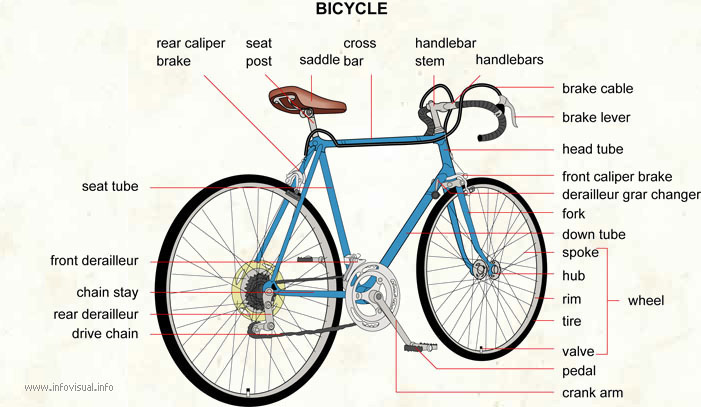 The rear derailleur is spring-loaded. Once you’ve shifted it into the hardest gear, it’s easy to rotate it backwards so it doesn’t hold the wheel in the dropouts. You can grip the main body of the derailleur and swing the entire derailleur backward.
The rear derailleur is spring-loaded. Once you’ve shifted it into the hardest gear, it’s easy to rotate it backwards so it doesn’t hold the wheel in the dropouts. You can grip the main body of the derailleur and swing the entire derailleur backward.
You want to swing the derailleur back far enough so that the upper pulley wheel is no longer blocking the cassette. Then, the wheel should easily come down and out of the dropouts.
Tip: If you get caught on the chain while removing the wheel, instead of grabbing the chain and getting chain grease on your hands, you can simply push the derailleur cage down and forward to get enough slack to move the chain out of the way.
To reinstall the rear wheel, simply reverse those steps. It should be self-explanatory, but here are a few things to pay attention to:
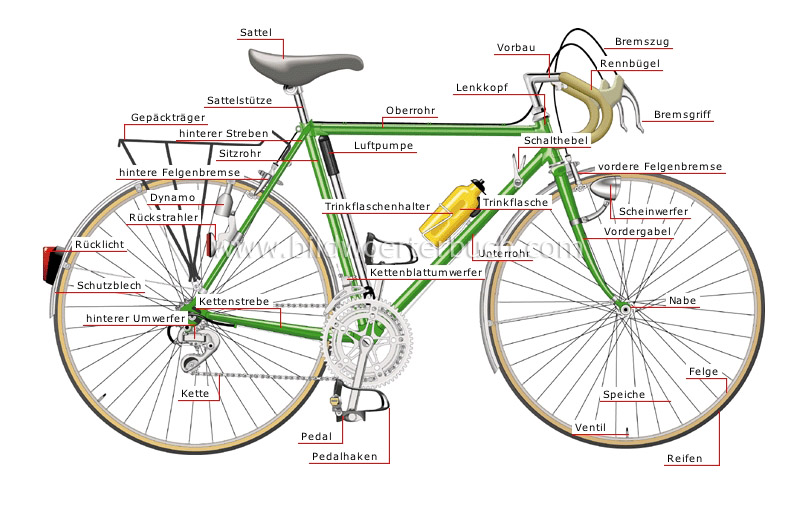
Once your wheel is in the dropouts, tighten or reinstall the rear axle. If your rear derailleur has a clutch, turn it back on. If you have rim brakes, don’t forget to close the caliper quick-release.
Tip: Confirm your derailleur is still shifted into hardest gear and the chain is sitting on the smallest cog for correct alignment with dropouts.
And you’re done. Practice this procedure a few times, and you’ll be taking your rear wheel on and off like a pro mechanic!
[button]Shop bikes[/button]
Please enable JavaScript to view the comments powered by Disqus.
Tech
Tech
Tech
Tech
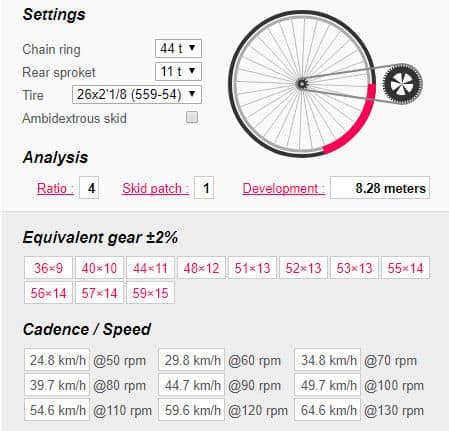 .. Okay
.. Okay Tech
Tech
Tech
Tech
Tech
Tech
 .. Yep, All of 'Em
.. Yep, All of 'Em Tech
Tech
$6,499.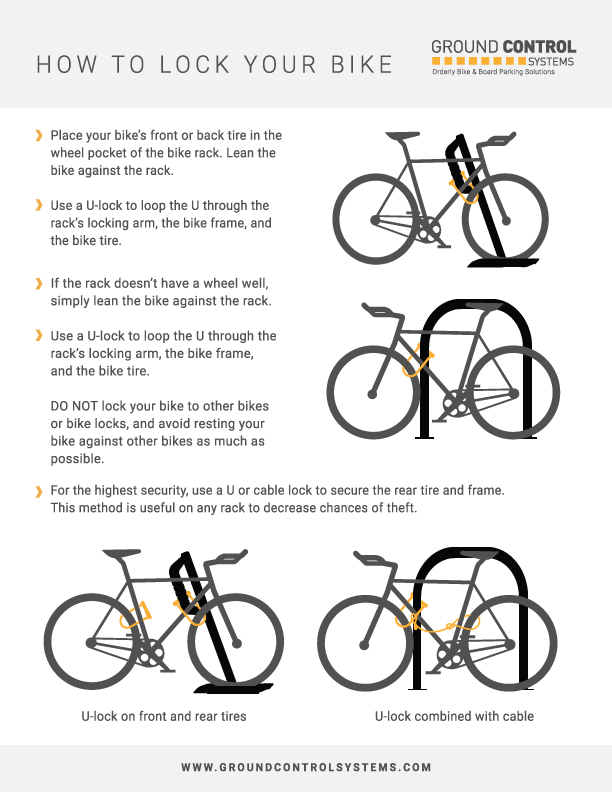 99
99
$2,399.99
Added 2 days ago $3,499.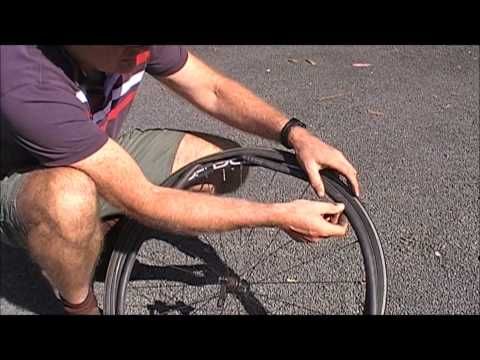 99
99
$2,999.99
Added 2 days ago $4,799.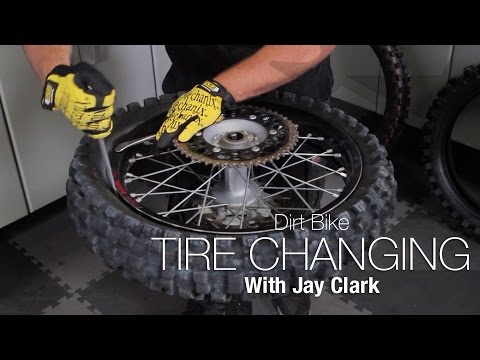 99
99
$4,499.99
Added 2 days ago $4,599.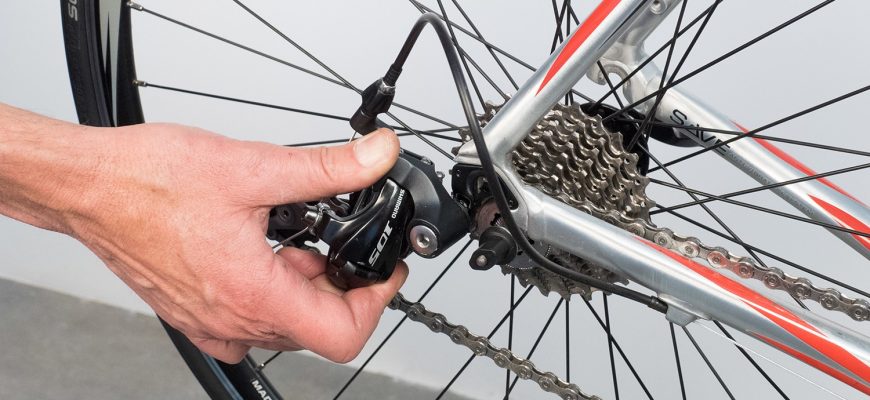 99
99
$3,649.99
Added 3 days ago $2,049.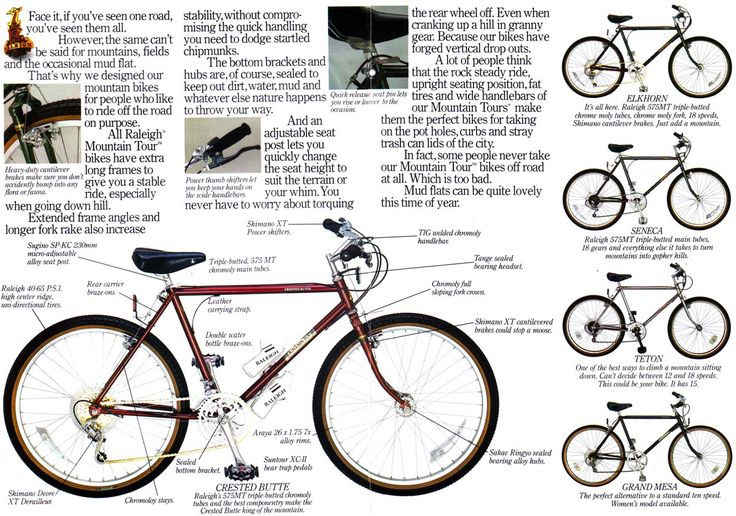 99
99
$4,599.99
Added 3 days ago $3,999.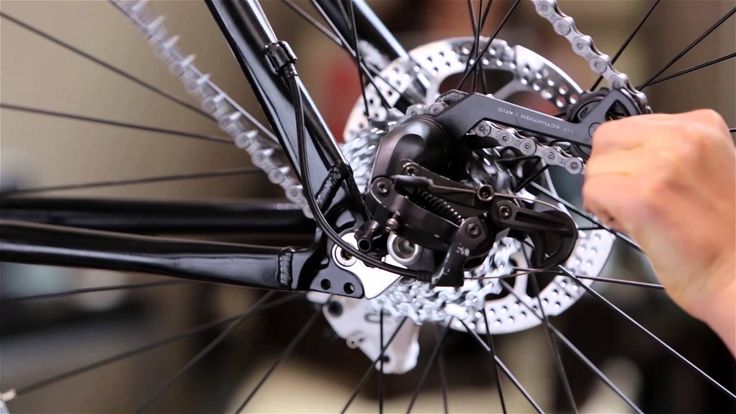 99
99
$2,699.99
Added 3 days agoContents
Not everyone pierces their own wheels, and not everyone repairs their bikes on their own. However, understanding how to remove a tire from a bike and put it on, what it takes and how to do it easily and without unnecessary problems, is useful for most riders.
However, understanding how to remove a tire from a bike and put it on, what it takes and how to do it easily and without unnecessary problems, is useful for most riders.
When do we remove a bicycle tire?
Depending on the design of the bike, you will need different tools.
The minimum set is hands (preferably with gloves), nothing else is needed. What is used to facilitate the process?
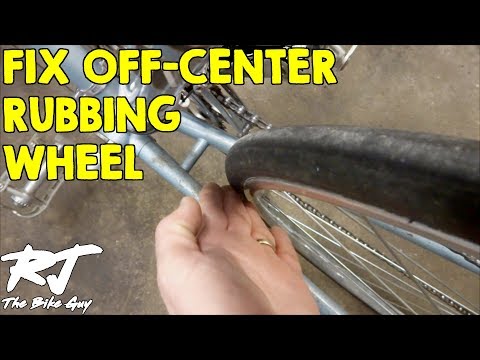
First step using stripping
So what do you need to do to remove a tire from a bike?

Camera repair only limited to steps 1-7.
The reverse process is the same:
Do not forget that all actions should be carried out correctly. Rubber does not like a heavy load, especially thin and soft, which is used in cameras. All operations, when the camera is inside the tire, should be carried out delicately.
Do-it-yourself tire removal is no big deal and most riders can do this repair exercise the first time. Accuracy of execution, the availability of convenient tools - and changing the camera will not be difficult.
If you are a cyclist, you need to be able to deal with a number of common problems that can happen on the road. A punctured wheel is one of the main ones. Unfortunately, you can run into a nail, a piece of metal or a broken bottle almost anywhere, and sooner or later it happens to everyone. Already happened? Read our review, which we prepared together with Onliner, on how to change or seal the tube, tire on a bicycle.
To remove the damaged tube from the wheel, you need to remove it from the bike - this is much more convenient to work with. Then follow the step by step instructions:
Then follow the step by step instructions:
1. Unscrew the protective cap from the nipple. If necessary, completely deflate the wheel. This will make the job easier, as there will be no unnecessary resistance.
2. Using a pry bar, hook the edge of the tire and pull it out of the rim. Special tools allow you to carry out this procedure quickly and as painlessly as possible. If there is no pry bar, you can try using any thin and durable object, such as a spoon. Her handle has repeatedly rescued cyclists who did not have repair tools at hand. Just make sure she doesn't bend over.
Important: The tool should not have sharp ends, so a screwdriver is not the best solution, although it fits the given shape. With it, you can only damage the wheel more. If you want to keep the tire, don't.
3. It is optimal to use two mounts. First, pick up the edge of one, then, when you fix the position, in 2-3 centimeters, pick up the tire with the second mount. This will be followed by a release of pressure, and the work will go easier. While continuing to support the first mount with your hand, continue prying the tire in a circle with the second until it is completely released from the rim.
4. Now that one end of the tire is completely out, release the nipple and remove the damaged tube.
We will consider the installation process with the installation of both a new camera and a tire. If you are keeping the old camera, skip the first step.
1. We put a new tire on one “rib” of the wheel, so that we have a free pocket for inserting the camera.
2. We take a new chamber (deflated) and, starting from the nipple, lay it along the rim.
3. While the camera is not yet closed, pump it up a little to make sure that it is laid flat and not twisted anywhere. If the tube is installed with a kink or twisted during installation, it will most likely burst as soon as you get on the bike. Agree, you don’t need such unnecessary frustrations, because these are not only spoiled plans, but also additional financial costs.
4. Now you need to "fill" the tire into the rim. In the first steps, this is done manually, but at the end, installation will again be required. You can do it with one, but it's better to use two. Use it to pull the tire towards you a little so that it easily enters the rim. You can push the tire a little inward with a mount so that it is better fixed. The main thing is that the attachment depth is the same throughout the circle.
5. After the wheel is closed, pump up the chamber to the desired state. Usually the right pressure is indicated on the tire, check it to properly set your pump.
6. Now screw the cap on the nipple to fix the condition of the wheel.
7. It remains to install the wheel in place and that's it. Now your bike is back on track! Make a small circle on it at low speed to make sure everything is secured properly and you feel comfortable. If necessary, pump up the chamber of the second wheel so that they are equally elastic. After replacing one tube, many cyclists experience minor discomfort while riding. If everything is fine, you can go to the road. What if something happens, you already know how to change a tire and you can do it even in field conditions.
After replacing one tube, many cyclists experience minor discomfort while riding. If everything is fine, you can go to the road. What if something happens, you already know how to change a tire and you can do it even in field conditions.
Try not to rush during the procedure and be careful at every step. Any carelessness can then turn into problems on the road. If you are saving an old tire, be sure to check the inside of it for any piercing or cutting elements. It often happens that part of the object that pierced the camera breaks off and remains in the tire. Doing so may damage the camera again. So, if you managed to find the "culprit" of the tragedy, make sure you extract it completely.